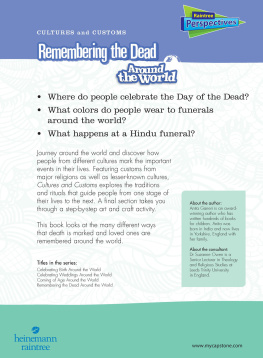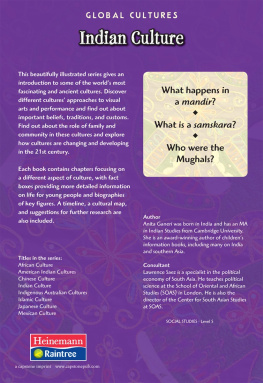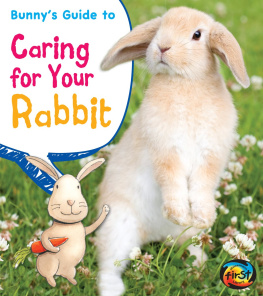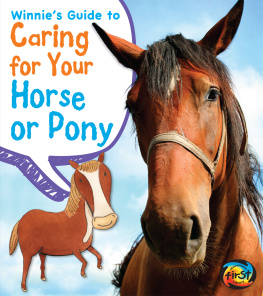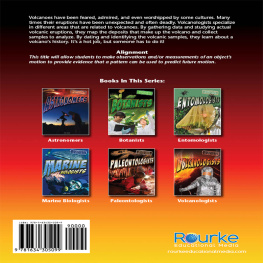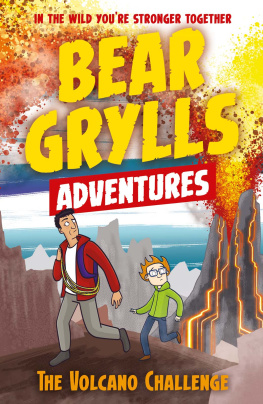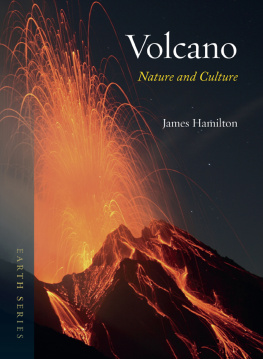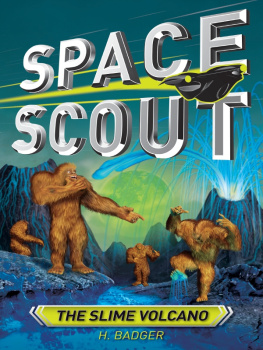Anita Ganeri - Volcano!
Here you can read online Anita Ganeri - Volcano! full text of the book (entire story) in english for free. Download pdf and epub, get meaning, cover and reviews about this ebook. year: 2012, publisher: Encyclopaedia Britannica;Britannica Digital Learning, genre: Children. Description of the work, (preface) as well as reviews are available. Best literature library LitArk.com created for fans of good reading and offers a wide selection of genres:
Romance novel
Science fiction
Adventure
Detective
Science
History
Home and family
Prose
Art
Politics
Computer
Non-fiction
Religion
Business
Children
Humor
Choose a favorite category and find really read worthwhile books. Enjoy immersion in the world of imagination, feel the emotions of the characters or learn something new for yourself, make an fascinating discovery.

- Book:Volcano!
- Author:
- Publisher:Encyclopaedia Britannica;Britannica Digital Learning
- Genre:
- Year:2012
- Rating:5 / 5
- Favourites:Add to favourites
- Your mark:
- 100
- 1
- 2
- 3
- 4
- 5
Volcano!: summary, description and annotation
We offer to read an annotation, description, summary or preface (depends on what the author of the book "Volcano!" wrote himself). If you haven't found the necessary information about the book — write in the comments, we will try to find it.
Volcano! describes how and why volcanic eruptions occur.
Volcano! — read online for free the complete book (whole text) full work
Below is the text of the book, divided by pages. System saving the place of the last page read, allows you to conveniently read the book "Volcano!" online for free, without having to search again every time where you left off. Put a bookmark, and you can go to the page where you finished reading at any time.
Font size:
Interval:
Bookmark:

E-book published in 2012 by Encyclopdia Britannica, Inc., in association with Arcturus Publishing Limited, 26/27 Bickels Yard, 151-153 Bermondsey Street, London SE1 3HA. Britannica, Encyclopdia Britannica, and the Thistle logo are registered trademarks of Encyclopdia Britannica, Inc.
ISBN-13: 978-1-61535-653-9 (e-book)
This edition first published by Arcturus Publishing
Distributed by Black Rabbit Books
123 South Broad Street
Mankato
Minnesota MN 56001
Copyright 2006 Arcturus Publishing
All rights reserved
Library of Congress Cataloging-in-Publication Data
Ganeri, Anita 1961
Volcano! / by Anita Ganeri
p. cm. -- (Natures fury)
Includes index
1. Volcanoes--Juvenile literature. 2. Natural disasters--Juvenile literature.
I. Title
QE521.3.G366 2007
363.3495--dc22
2006022608
9 8 7 6 5 4 3 2
Editor: Alex Woolf
Design: Minds Eye Design
Picture Research: Shelley Noronha
Picture credits:
Corbis: 23 (Roger Ressmeyer), 27 (Reuters)
Frank Lane Picture Agency: 10.
NASA: 18 (Jeff Schmaltz, MODIS Rapid Response Team, NASA/GSFC),
20 (Landsat 7 project and EROS Data Center), 21 (Jacques Descloitres, MODIS Rapid Response Team, NASA/GSFC)
Rex Features: 9 (The Travel Library), 12 (Sipa Press), 13 (Sipa Press), 14 (Rich/Wasaki),
22 (Eye Ubiquitous), 25 (Mauro Carraro), 26 (Mauro Carraro)
Science Photo Library: 4 (Krafft/Explorer), 5 (G. Brad Lewis), 6 (Simon Fraser),
7 (Gary Hincks), 8 (Gary Hincks), 11 (Ray Fairbanks), 15 (Bernhard Edmaier),
16 (Dennis Flaherty), 17 (Tony Craddock), 19 (Stephen and Donna OMeara),
24 (Krafft/Hoa-Qui), 28 (Adam G. Sylvester), 29 (Anne Kahle, JPL-Caltech)
A volcano is a hill or mountain where molten rock spurts to the surface from deep underground. Aboveground, the magma is known as lava. A volcano is made up of lava that has cooled and solidified, together with cinders and ash. Volcanic eruptions are among the most violent and spectacular natural events on earth. Accompanied by red-hot rivers of lava, towering clouds of ash, and thick flows of mud, they can devastate the landscape and peoples lives.
Volcanoes have been erupting since the earth was formed 4.5 billion years ago. Today, about 25 volcanoes around the world erupt every year on land. Some of these active volcanoes erupt almost all the time. Others may erupt only once every few hundred years. Some volcanoes erupt with giant explosions. Others erupt more gently, producing fizzing lava fountains.

A spectacular fountain of lava shooting from a volcano on the island of Bali in Indonesia.
Volcanoes and the landscape
Much of earths surface is made up of rocks that have come from volcanoes. Volcanoes create and build mountains and islands, but they can also be destructive. They cover the landscape with lava, ash, and mud, burning and burying plants and destroying animal habitats. Houses, villages, and towns may also be buried or burned. In the past, eruptions have killed thousands of people.
Vulcans island
The word volcano comes from Vulcano, the name of an island off the coast of Italy. The ancient Romans believed that the god Vulcan lived in a volcano on the island, where he made weapons for the other gods, such as arrows, armor, and lightning bolts. Fiery eruptions from the islands volcanoes were believed to be sparks from Vulcans forge.

Molten lava cools to form new rock. This school bus was caught in a lava flow in Hawaii and is now trapped in rock forever.
 CASE STUDY
CASE STUDY
Krakatau
One of the biggest volcanic eruptions ever recorded happened in 1883. A volcano on the tiny island of Krakatau in Indonesia erupted with a series of enormous explosions. The explosions were so loud they could be heard more than 2,200 miles (3,500 kilometers) away. The island itself was blasted to pieces, leaving a massive crater 957 feet (290 meters) deep. But the effects of the eruption were felt far and wide. Hot ash clouds destroyed villages 30 miles (50 kilometers) away across the sea, and giant waves swamped nearby coasts, killing 36,000 people. A new volcano called Anak Krakatau (child of Krakatau) is growing where Krakatau erupted.
V olcanoes form in places where molten rock forces its way upward through a crack in the earths surface. The molten rock, or magma, comes from many miles underground, from a layer of the earth called the mantle. The mantle lies beneath the solid upper layer of the earth, called the crust. On the continents, the crust is about 30 miles (50 kilometers) thick, while under the oceans, it is about 3 miles (5 kilometers) thick.

Iceland is on a boundary between two tectonic plates that are moving away from each other. The rocks here are being torn apart, making giant cracks in the landscape.
Moving plates
The crust is cracked into huge pieces called tectonic plates. The plates drift on the hot rock beneath, but they move only an inch or so a year. Scientists think they are moved by slow, swirling currents in the mantle. Most volcanoes form where two plates meet. The lines between plates are called plate boundaries.
At some boundaries, two plates collide, and one plate dives under the other and into the mantle. These boundaries are called destructive boundaries or subduction zones. The plate that dives down melts, making magma that rises again to produce volcanoes. At other boundaries, two plates move apart. These are called constructive boundaries. Magma rises up from the mantle to fill the gap between the plates.
Submerged volcanoes
Many more volcanoes are hidden under the oceans than can be seen on land. Most form along constructive (divergent) boundaries on the ocean floor, where magma leaks out between tectonic plates that are moving apart. These boundaries are also called spreading ridges (centers). The magma solidifies to make new crust on each side of the boundary. Other undersea volcanoes form at hot spots (see box) and at destructive (convergent) boundaries.

Oahu, one of the Hawaiian Islands, is the tip of a hot-spot volcano. The volcano is fed by magma that leaks through the crust from below.
 HOT-SPOT VOLCANOES
HOT-SPOT VOLCANOES
Some volcanoes grow in the middle of tectonic plates, far from where plates are colliding or spreading apart. Scientists think that they form over hot spots in the mantle, where magma forces it way up through the crust. Hot-spot volcanoes in the middle of oceans form undersea mountains called seamounts. The islands of Hawaii in the middle of the Pacific Ocean are the summits of giant seamounts.
Next pageFont size:
Interval:
Bookmark:
Similar books «Volcano!»
Look at similar books to Volcano!. We have selected literature similar in name and meaning in the hope of providing readers with more options to find new, interesting, not yet read works.
Discussion, reviews of the book Volcano! and just readers' own opinions. Leave your comments, write what you think about the work, its meaning or the main characters. Specify what exactly you liked and what you didn't like, and why you think so.

